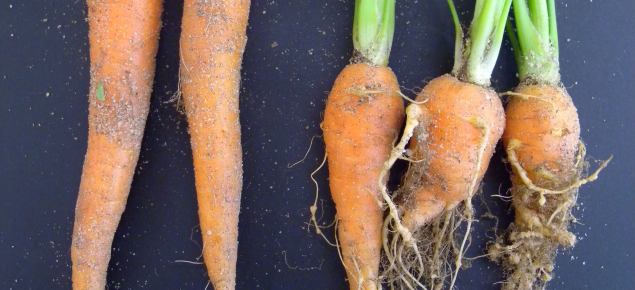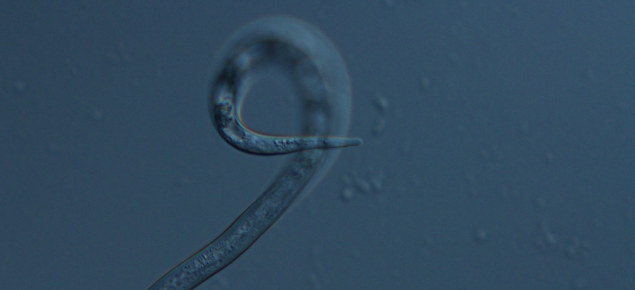Introduction
Root-knot nematodes (Meloidogyne species) are unsegmented round worms which are invisible to the naked eye. They are plant-parasitic with a broad host range which includes vegetables, field crops, tree and vine fruits, ornamentals, pastures and some weed species.
Worldwide, root-knot nematodes reduce the yield of many horticulture crops including carrot, potato, sweet potato, tomato, capsicum, pumpkin, zucchini, avocado, grapes and lettuce. They favour the sandy soils common throughout the South West of WA.
A survey of vegetable growing areas in 2010 — including Lancelin, Gingin, Myalup, Busselton and Pemberton — detected root-knot nematodes in 70% of the paddocks sampled.
Distribution
In Western Australia, we have several species including Meloidogyne javanica, M. hapla, M. arenaria, M. incognita and M. fallax. Root-knot nematode species are difficult to differentiate and require the expertise of a nematode taxonomist or molecular analysis.
Information on root-knot nematode distribution is available but due to the difficulty of identifying individual species, there is little information about the distribution of each species in WA.
Information on particular species is listed below:
- Root-knot nematodes are common in the horticulture areas in the South West of WA where the most common species are Meloidogyne hapla and M. javanica.
- Meloidogyne hapla prefers cooler soils and is more common south of Bunbury.
- Meloidogyne javanica prefers warmer soils and is more common north of Bunbury.
- Meloidogyne arenaria is common in vineyards and on subterranean clover pastures.
- Meloidogyne fallax was first described in WA in 2006, has a limited distribution and may prefer cooler soils.
- Distribution of Meloidogyne incognita is not known.
- Root-knot nematodes are also found in WA’s northern banana plantations.
- A paddock may contain more than one species of root-knot nematode.




